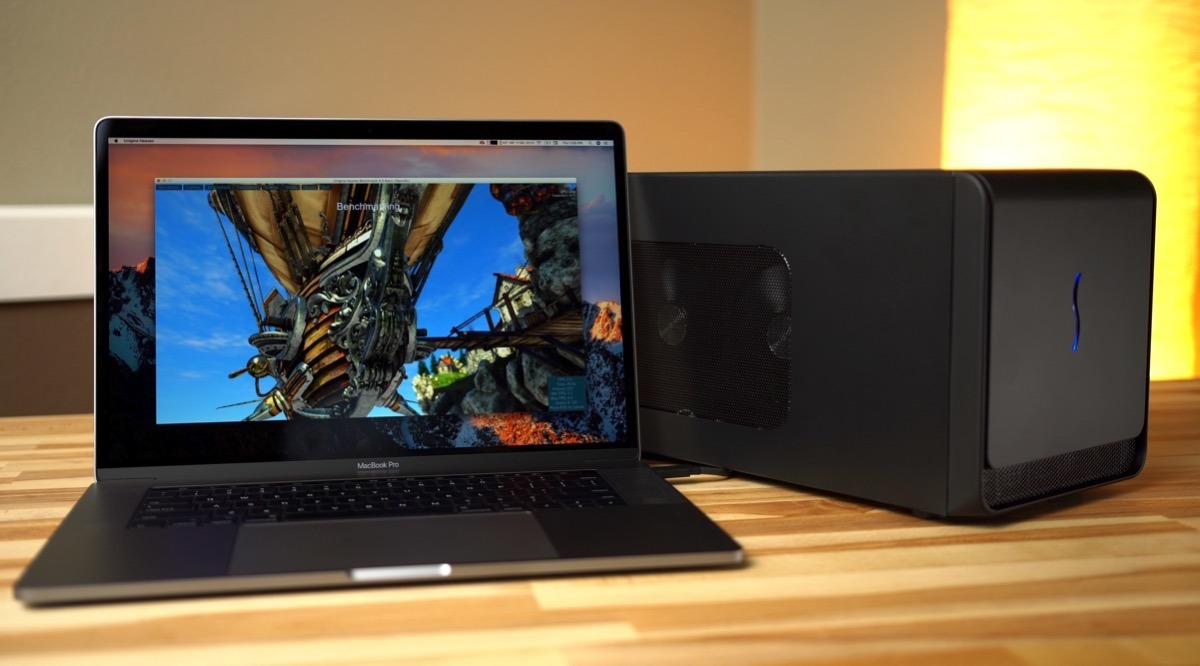Apple silicon Mac documentation suggests third-party GPU support in danger
Some Apple support documentation seems to suggest that Mac shift to Apple silicon will drop support for non-Apple GPUs.
The Cupertino tech giant first announced the transition to Apple silicon at its WWDC keynote on June 22. Since then, more details have been surfacing about what exactly the change will entail.
For example, in a WWDC 2020 developer session focused on porting Metal apps to the new architecture, Apple made it clear that its Apple silicon Macs will sport custom Apple GPUs.
"Apple silicon Mac contains an Apple-designed GPU, whereas Intel-based Macs contain GPUs from Intel, AMD and NVIDIA," said Gokhan Avkarogullari, Apple's director of GPU software.
While Apple hasn't exactly detailed what that compatibility means, it seems to suggest that an ARM-based version of macOS could also drop support for Intel, NVIDIA and AMD graphics chips. It is similarly unclear what that means for eGPU support, although that may be more dependent on Thunderbolt 3 and driver compatibility.
As part of the shift to Apple GPUs in its Mac hardware, the company is also giving developers other hints at what's to come. In a developer support document, the company advises not to underestimate an integrated Apple GPU.
"Don't assume a discrete GPU means better performance," Apple wrote. "The integrated GPU in Apple processors is optimized for high performance graphics tasks."
It isn't clear what the statement means, other than a high-performing Apple-designed integrated GPU will be included in shipping Apple silicon Macs. There is no indication in support documentation that Apple will discontinue support for AMD GPUs for Intel Macs in future versions of macOS, but the statement above may also suggest that there may yet be an avenue for third-party PCI-E GPU support going forward.
Apple has been working on GPU hardware and software for years. The iPhone 8 and iPhone X devices in 2017 were the first to sport Apple-designed graphics solutions.
The Cupertino tech giant is also giving developers other advice amid the switch to Apple silicon, including on porting just-in-time (JIT) compilers.
"Always call before you execute any instructions from your threads. Instruction caches aren't coherent with data caches on Apple silicon, and unexpected results may occur if you execute instructions without invalidating the caches," a JIT document reads.
Apple has taken other steps to ensure the transition is a smooth one for developers. It's made available a Developer Transition Kit for app makers to get their hands on Apple silicon before a consumer release, and has implemented new virtualization and emulation software to ensure that ARM Macs can run Intel-based apps.
 Mike Peterson
Mike Peterson











 Wesley Hilliard
Wesley Hilliard
 Andrew Orr
Andrew Orr



 Amber Neely
Amber Neely

 William Gallagher
William Gallagher







